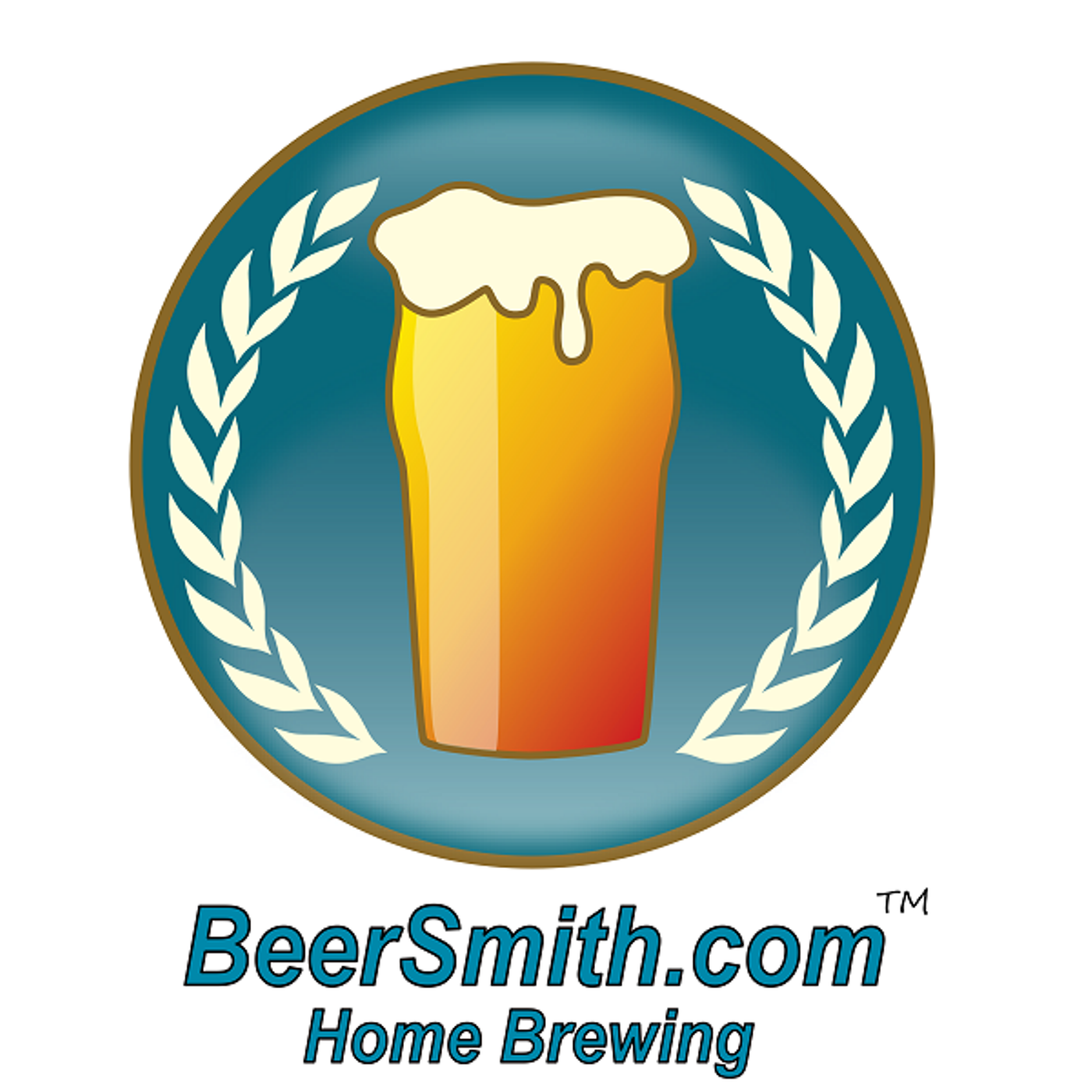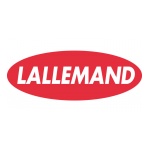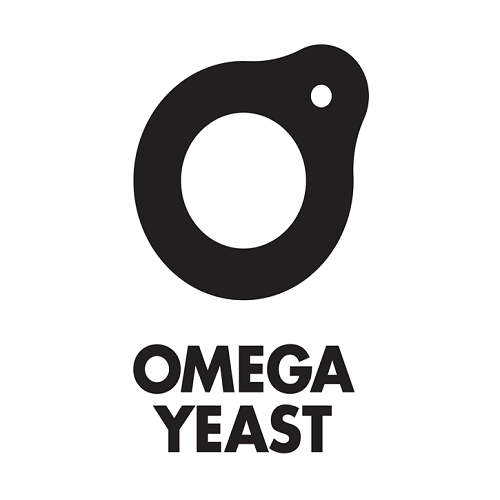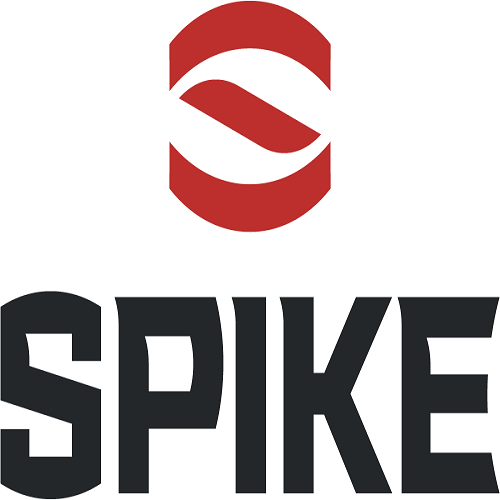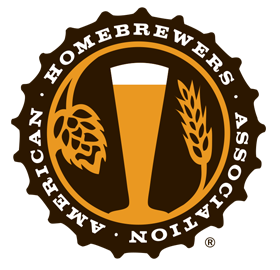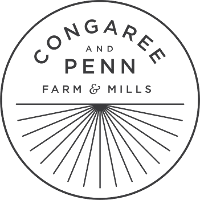CASK consistently emphasizes brewer education and knowledge. Whether its from providing useful educational resources, offering educational lectures during klub meetings or facilitating discussion within a social setting.
Let CASK help you increase your knowledge and improve your brewing skills.
Below are some brewing education offerings from previous publications, newsletters, emails & social media postings.
Yeast – Click the link to access a primer on yeast, how to create a starter, how to culture yeast from a bottle and how to wash and re-use your yeast.
Advanced Bottle Conditioning – Click the link to access Advanced Bottle Conditioning as provided by Northern Brewer. This is a great article that includes types of sugars, standard uses, yeasting rates, Krausening and “funky” bugs.
First Wort Hopping – Mike Lentz was kind enough to research First Wort Hopping for us. A great article and a fantastic method for giving beers that “smooth” ascertive bitterness. A must read!
Advanced Wort Chilling – It is extremely important to chill you wort post boil as quickly as possible in order to halt the bittering effect that the added hops are contributing to the wort. Click the link to open a Northern Brewer article describing the various methods of chilling wort, equipment required, and advantages of each.
Homemade Belgian Candi Syrup the Right Way – We all love brewing rich, complex, Belgian dark ales (or at least we should!). If you search online recipes, you’ll find some very complex grain bills designed to provide that complex, sweet, dark-fruit malt complexity you’ll find in the best Trappist dubbels and dark strong ales. If you research those very same Trappist ale recipes, you might be surprised to find that many use only Belgian Pils malt and dark Belgian candi syrup to attain that malty complexity. The secret is the candi syrup. There are many online recipes, videos, and how-to’s to make candy sugar (see my own version in the “recipes and ingredients” thread on the CASK forum), but these miss the mark and are not really the same as the dark Belgian syrup used in the brews we all love.
There are readily available commercial syrups that are pretty close to those used by the best Trappist breweries. Candi Syrup, Inc. makes the familiar D-45 and D-90 available at many online homebrew retailers as well as Just Brew It (http://www.candisyrup.com). But, why not make your own? Here is an excellent link to a site that researches all the details about making authentic Belgian candi syrup at home. There’s plenty of history, theory, and geeky science, as well as clear instructions for making your own syrup. Plenty of time for the Le Comp de’ Abbye Normale!!
Brew in a Bag (BIAB) – Many extract / parital mash brewers will not make the switch to all-grain due to equipment, expense or unfamiliarity with the process. Brew in a Bag (BIAB) all grain beer brewing is a method for all grain brewing that originated in Australia. BIAB is an inexpensive way to for homebrewers to transition to all grain or partial mash brewing. Brewers also enjoy brew in a bag methods for the shorter setup, brewing and cleanup times.
The concept behind “brew in a bag” is to move to all grain brewing with minimal extra equipment, setup or time. The BIAB method involves using a grain bag set in the brew pot to mash the grains, followed by a sparge step where the bag is removed from the pot and the remaining wort is boiled as you would any other beer. While less efficient than traditional methods, you can easily compensate for this by using a little more grain in the mash.
The links below are excellent resources for a step by step description on how the brewing process is accomplished:
Brew in a Bag from The Brewing Network
Brewing TV episode on Brew in a Bag
Give it a try and you’ll be brewing all grain in no time.
Water! – We all know that you can’t make good beer with bad water. But what is “good” water? “Good” depends on many things, including your method of brewing (all-grain or extract), style of beer, etc. In most cases, if the water tastes good, you can brew with it. Many brewers prefer to “fine-tune” their water chemistry for the beer they want to make. If you think you’re ready to take the plunge into adjusting your water, check out Martin Brungard’s “Bru’n Water” site. Martin Brungard is a recognized expert in brewing water chemistry and a professional engineer specializing in water treatment. His site includes all the information you could need on brewing water chemistry, and includes one of the more popular software tools for determining water adjustments.
SOUR! – Berliner Weisse – For many (myself included), a well-crafted Berliner Weisse is the ultimate “gateway” sour beer. Refreshing, tart and somewhat acidic…did I mention refreshing! Lactobacillus provides the tartness and is often juxtaposed with a shot of sugar in the form of raspberry syrup or woodruff syrup to balance. This style is often known as the “most refreshing” beer style. Click the link for a fantastic description and step-by-step of how to brew a Berliner Weisse:
Efficiency – Brewers often think, worry and/or obsess about efficiency. Click the link for a 2010 NHC seminar on efficiency and is a great source of information on what goes into calculating and predicting efficiency, as well as some age old questions regarding mash methods and their effect on efficiency.
Off-flavors in beer! – We’ve all had a beer with a flavor or aroma that truly makes the beer “bad”. What is the cause and correction for these off-characters? Even if you have no interest in judging, understanding these faults will greatly improve your brewing.


